Standing ovation after standing ovation. Never having a down collection, one can’t help but how Pierpaolo Piccioli stays so significantly ahead of his contemporaries? His monastic fairytale dresses, accented with modern accessories and tougher accents, straddle a very calculated styling balance. Let’s start with the first part of the equation, the papal, pious bit. In an interview from March of this year on Vogue.com, the Roman designer described this quality as “grace”, to Hamish Bowles.
Details at Valentino SS20 by Pierpaolo Piccioli. Photo: theimpression.com
Upon looking up the exact definition of ‘grace’ in order to differentiate it from say, the oft-used ‘elegance’, one finds things like “a quality of moving in a smooth, relaxed, and attractive way” and “courteous good will”. But there’s also a spiritual definition of grace as “the divine influence which operates in humans to regenerate and sanctify, to inspire virtuous impulses, and to impart strength to endure trial and resist temptation”.
Valentino Spring/Summer 2020 saw an exaggeration of monastic details, such as oversized ruffled collars and starched bibs. In what has been a winning combination for Piccioli, dresses flowed in a holier-than-thou manner and were paired with friar-esque belts and biblical sandals, yet punctuated with edgy accessories. There are no more Rockstuds on the Valentino runway, yet the hardware-heavy bags and statement jewelry - including necklaces with a circumference that extended to the shoulders - provided the right amount of offset.
“Valentino, it seems, is the key to heaven.”
The words of the Christian hymn ‘Amazing Grace’, one of the most recognizable songs in the English-speaking world, was written by author, English poet and Anglican clergyman John Newton, who also happened to be a slave trader. He was later repentant: “It will always be a subject of humiliating reflection to me, that I was once an active instrument in a business at which my heart now shudders”, he wrote 34 years later.
We all strive for grace. We want to be good people. But in one way or another, we mess up - call it sinning, unintentionally hurting others, or simply not living your best life. But we’re told that by grace, we can be forgiven, and start again. And with their hard-soft, impulsive-redemptive, worldly-divine contrasts, this is the story that Piccioli’s clothes tell, which is also why they’re consistently so hard-hitting. The second verse of Amazing Grace reads “Through many dangers, toils, and snares, I have already come, 'Tis grace that brought me safe thus far, And grace will lead me home”. Fashion psychology dictates that we embody the qualities of our clothing. And Valentino, it seems, is the key to heaven.



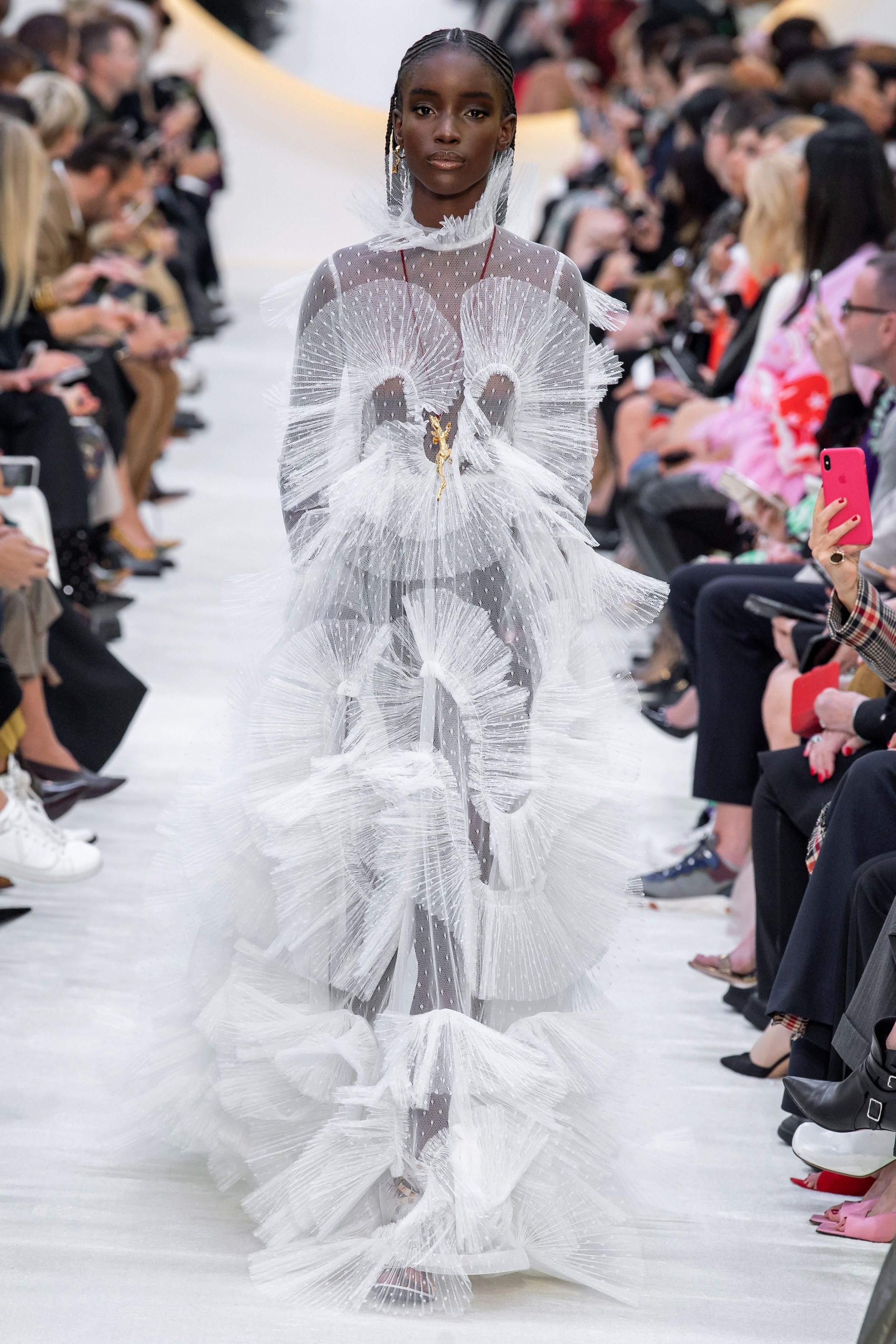
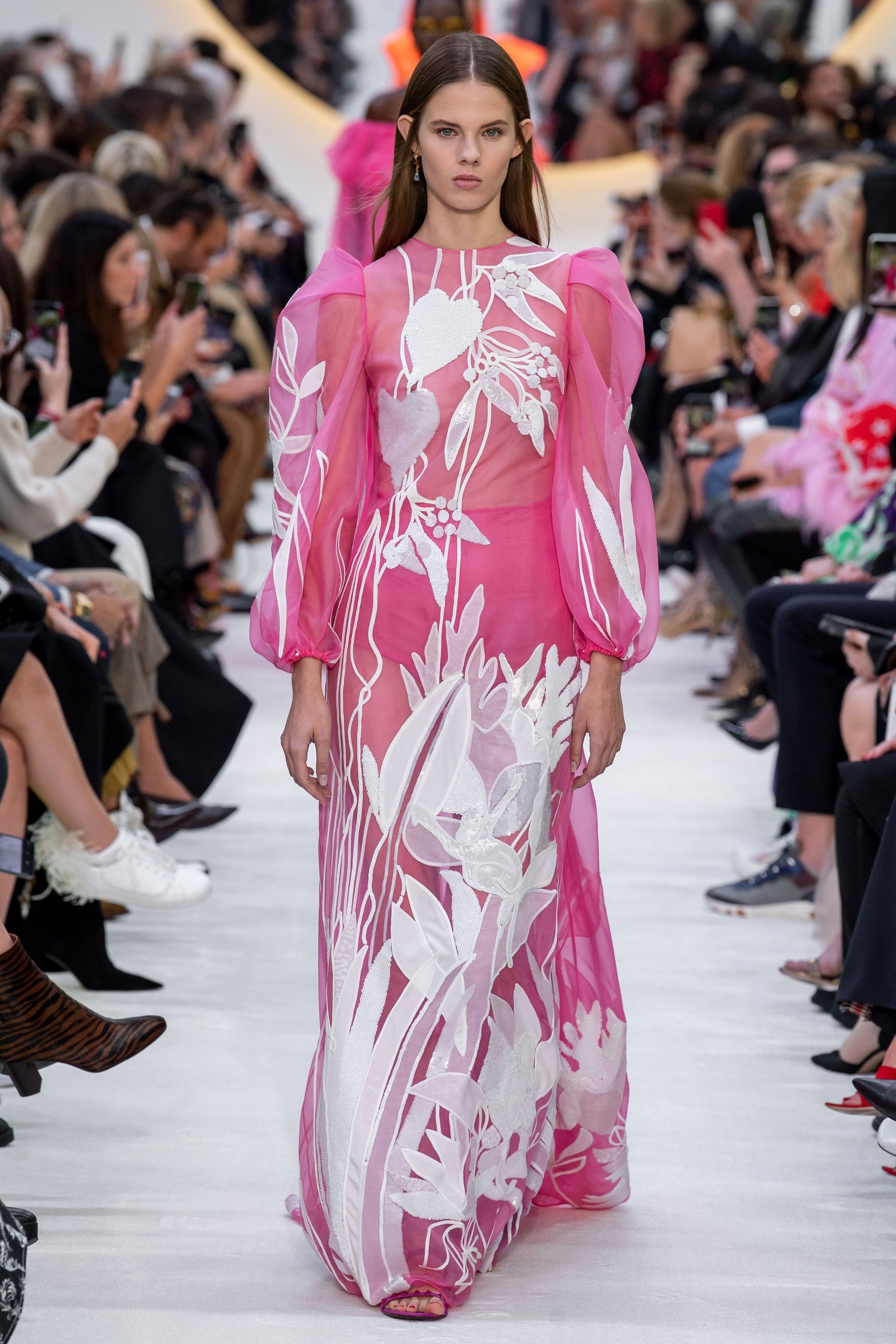

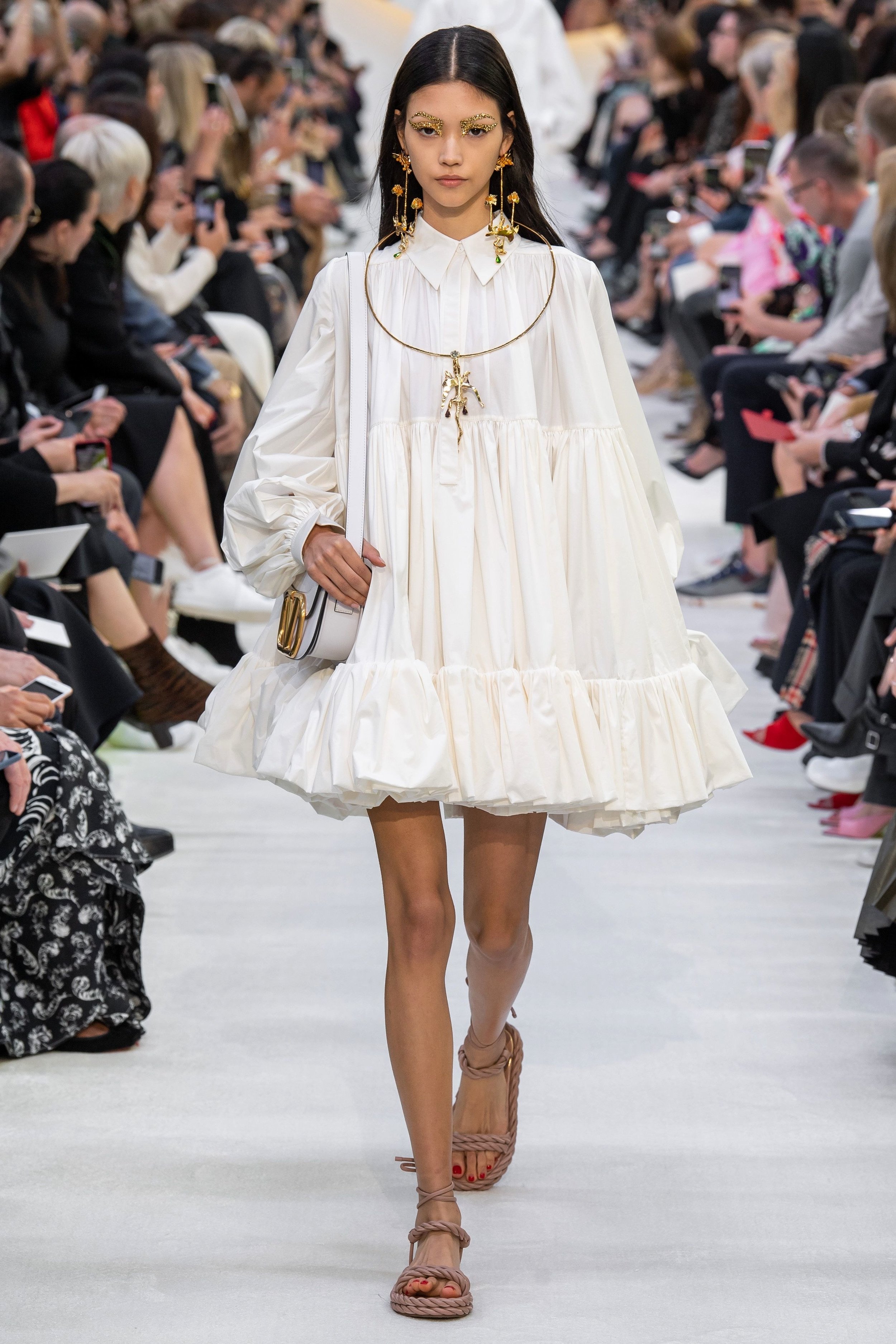
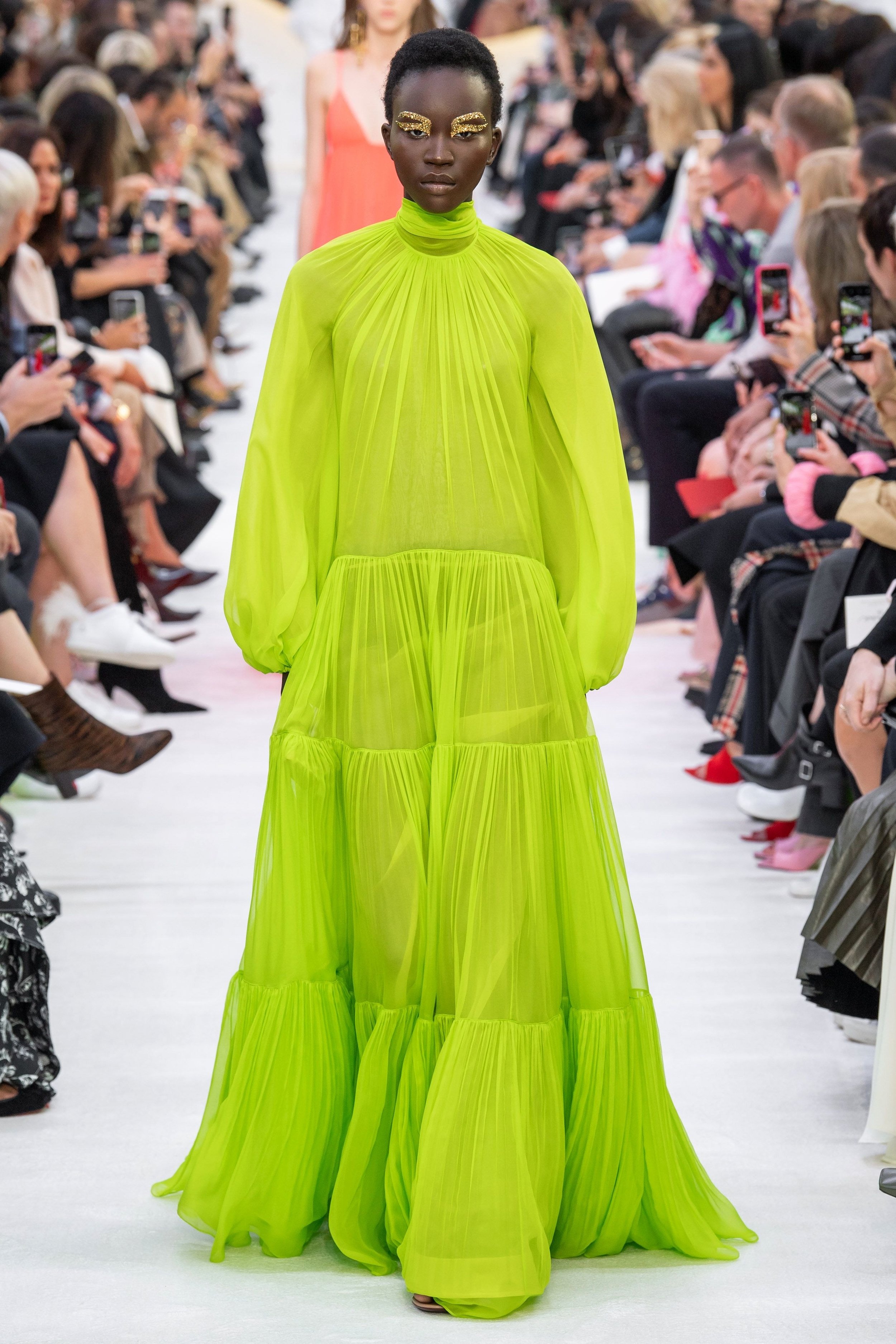
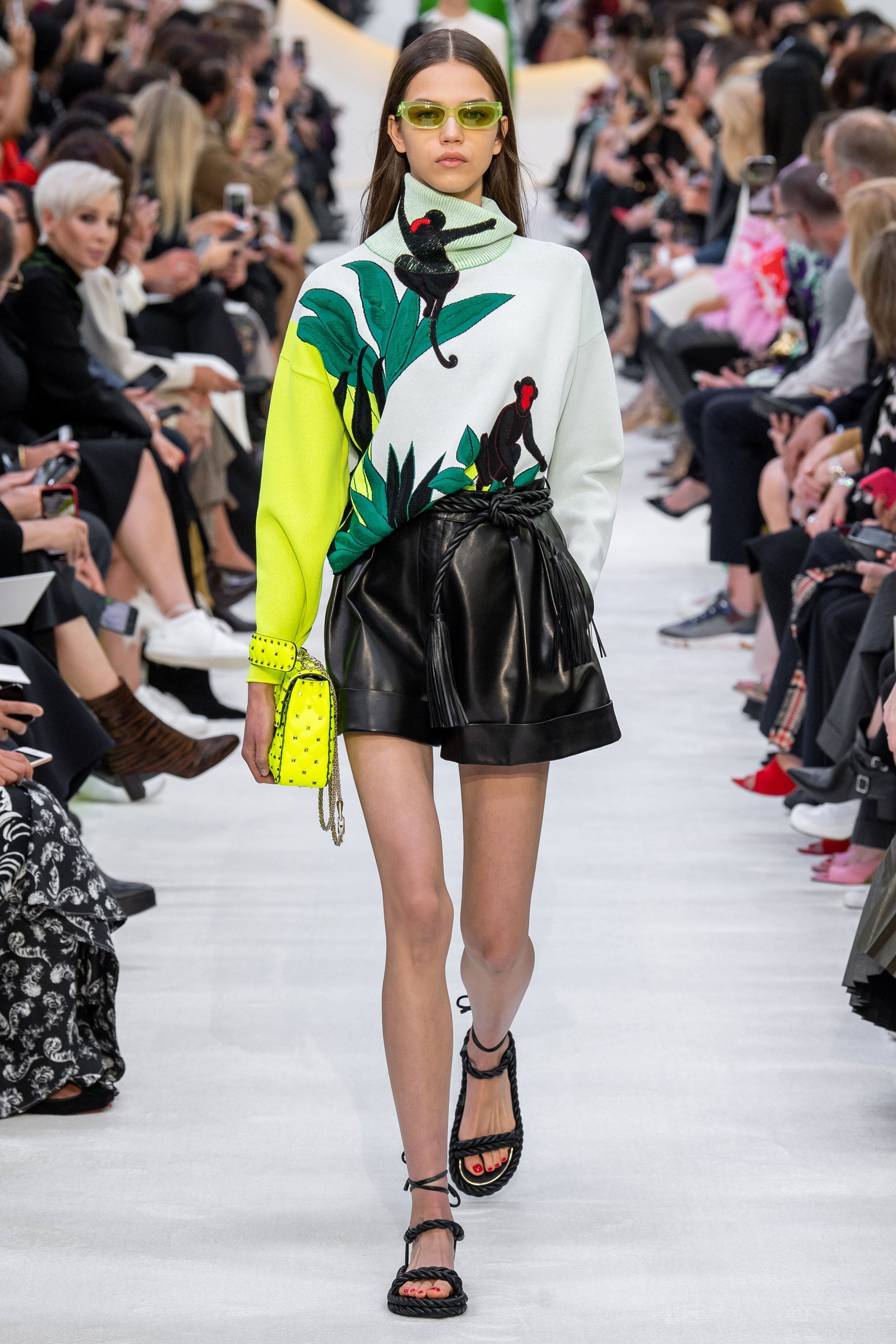
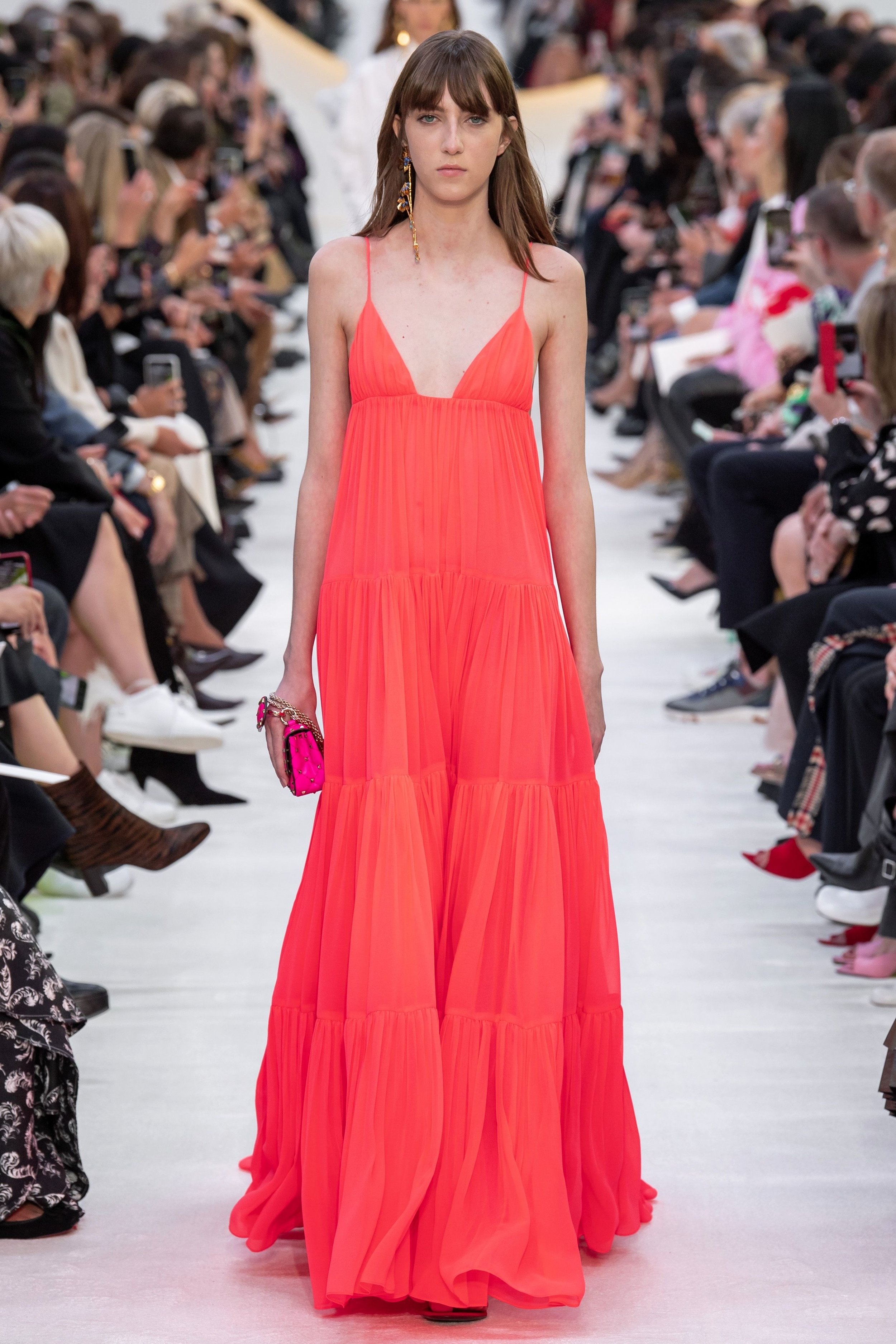
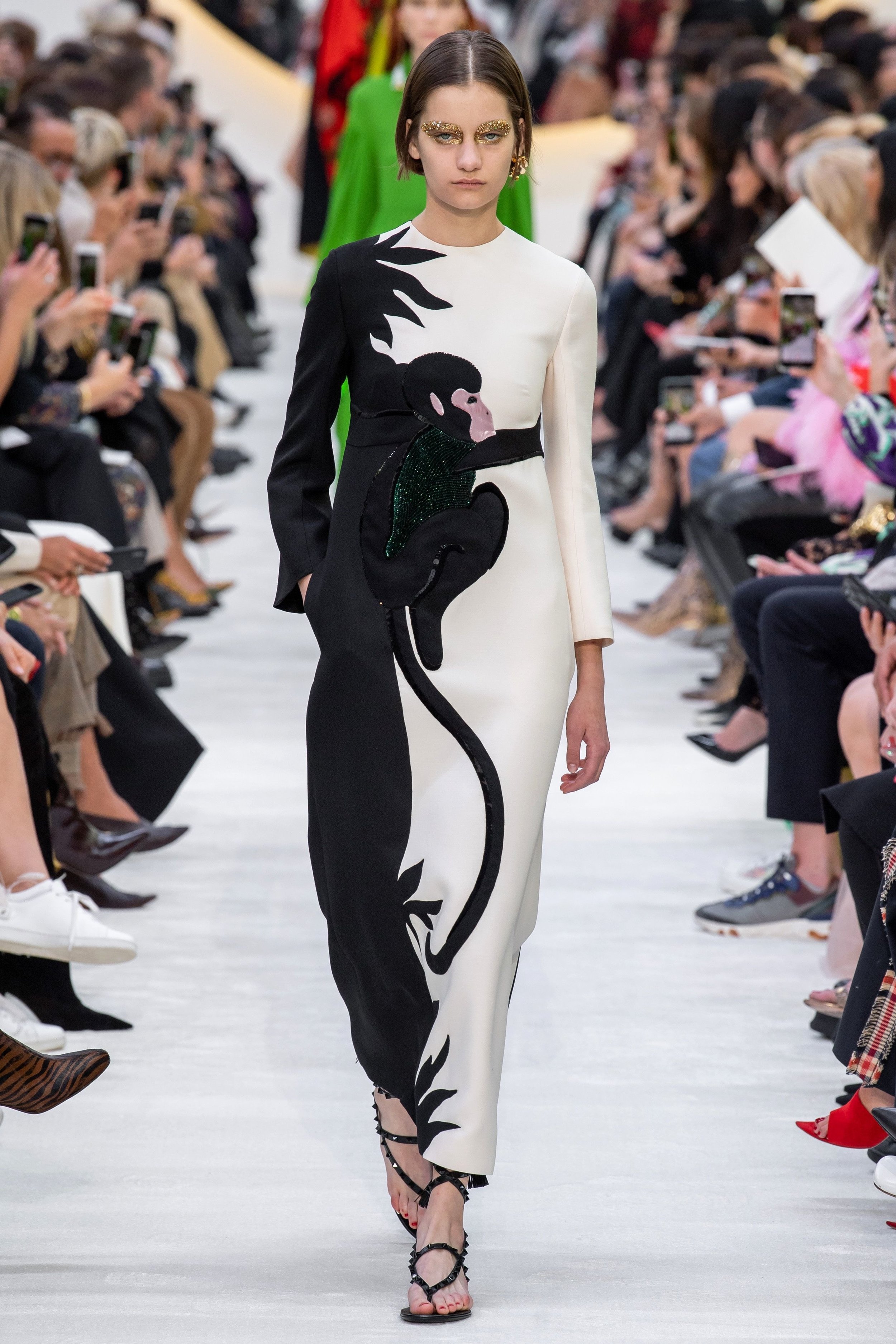
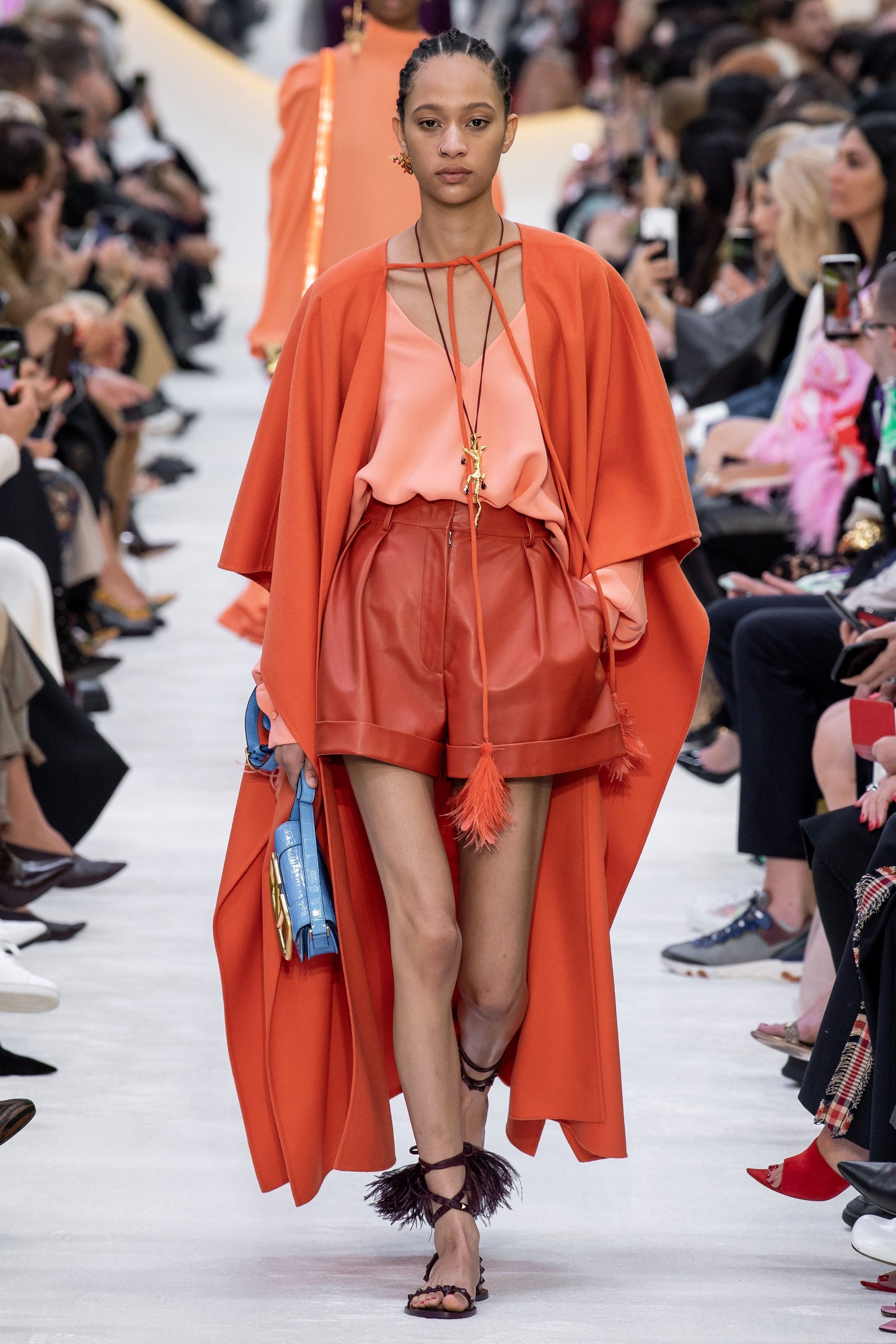
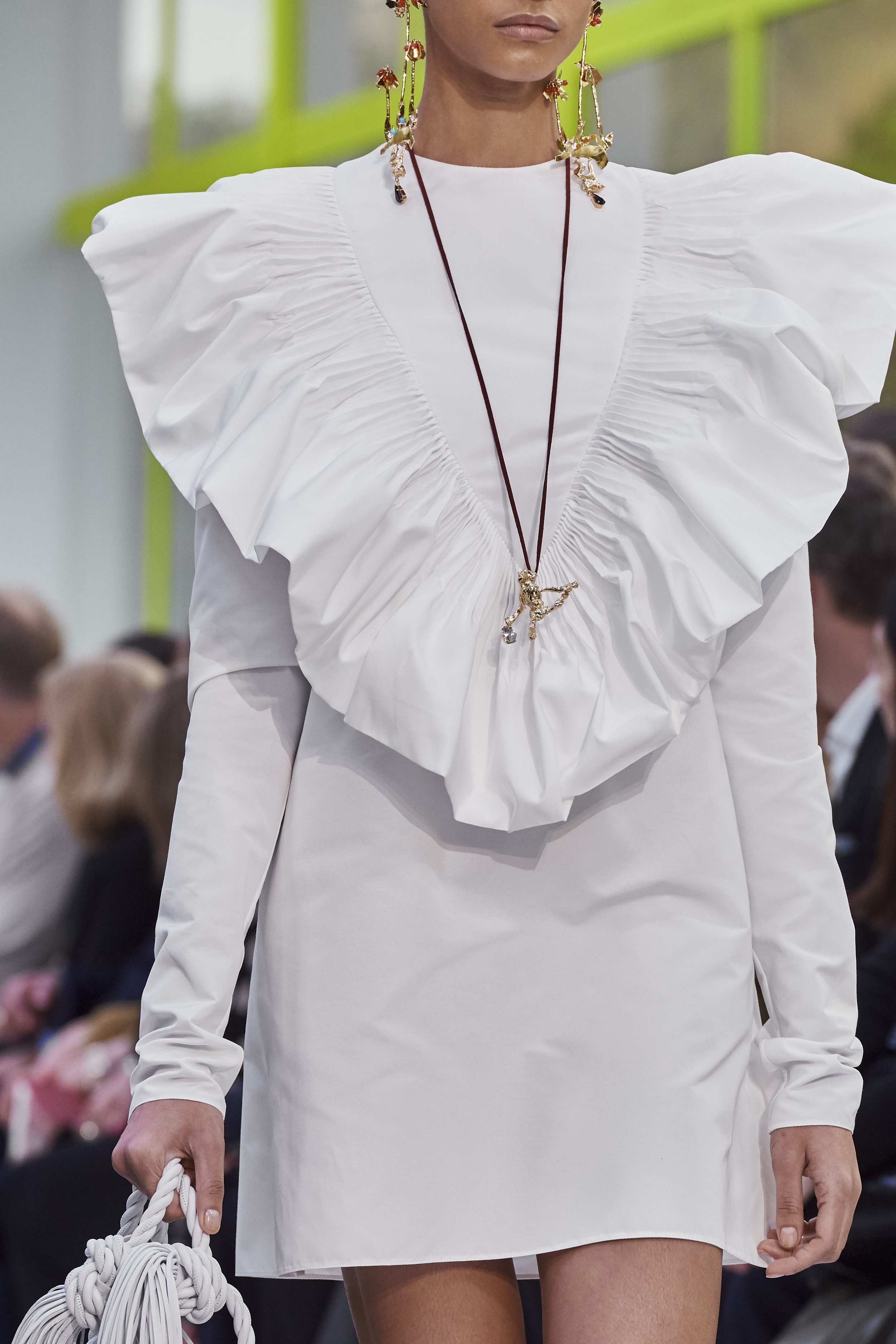
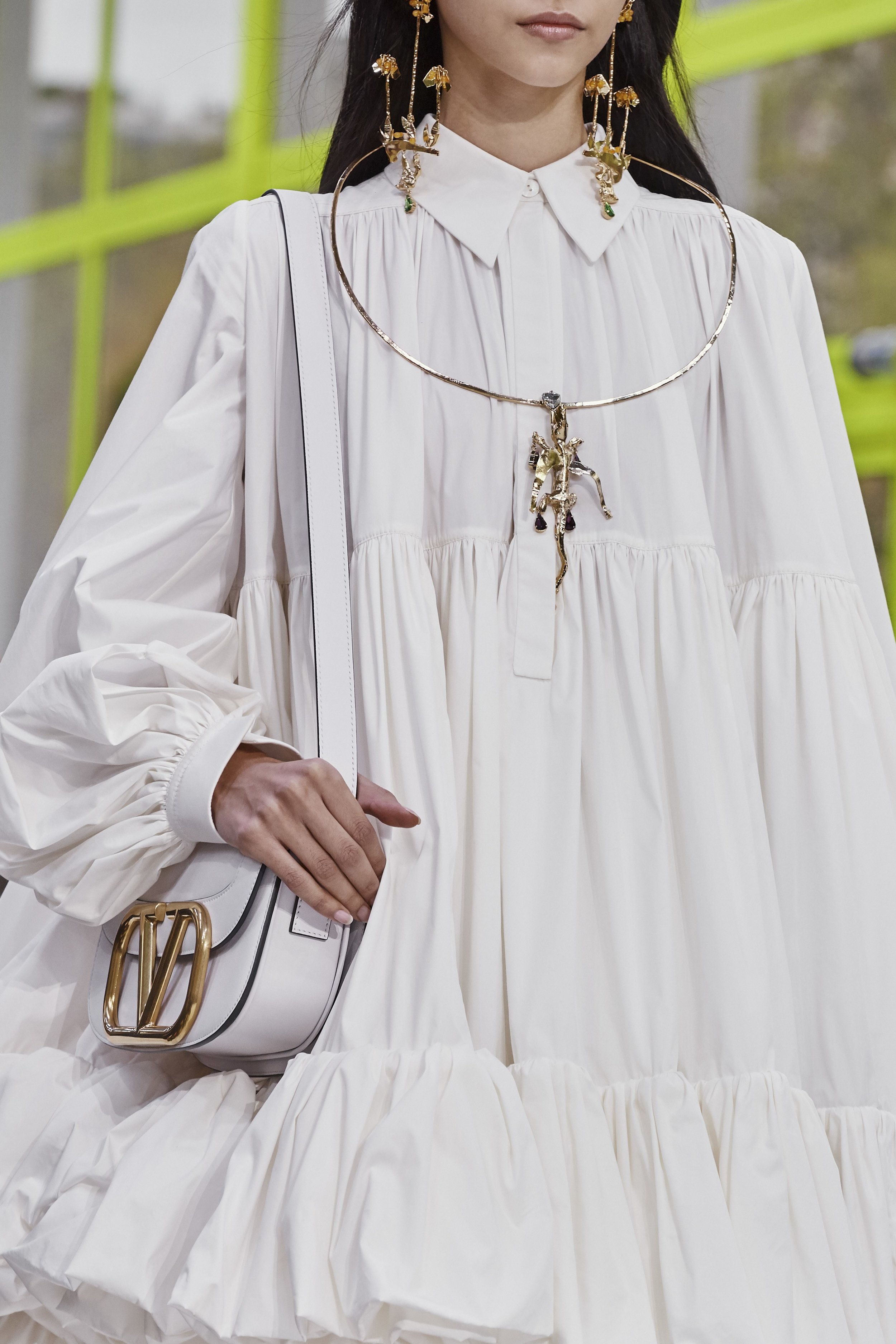
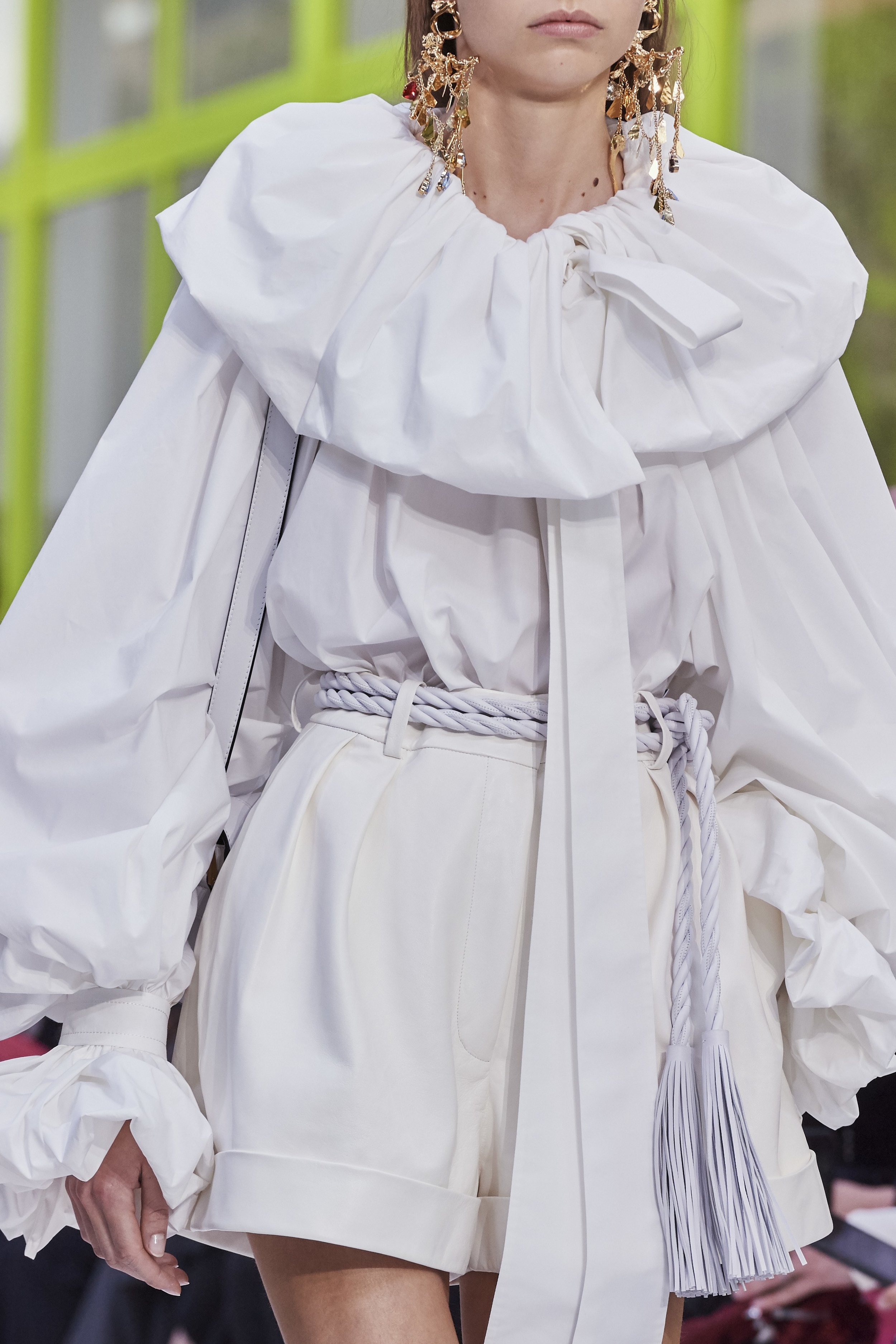











Why the American fashion capital and its millennial consumer seem to be obsessed with nostalgia, how The Row outdid itself again, and the controversial element in Raf Simons’s looks…